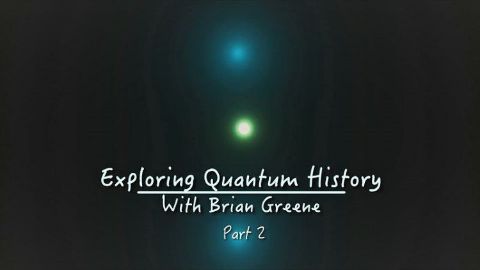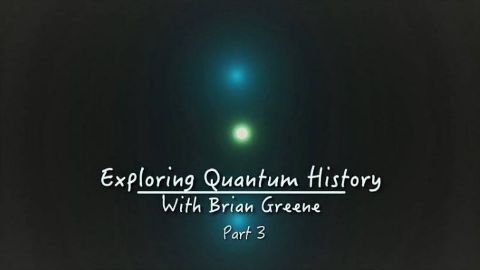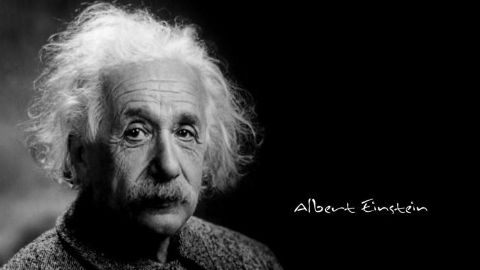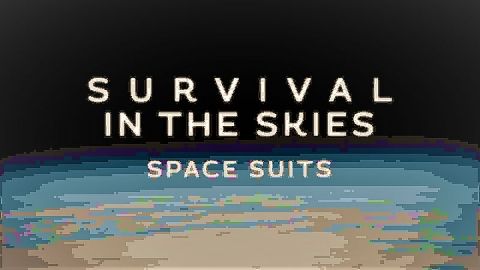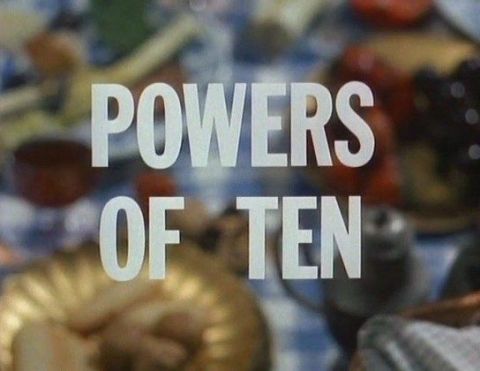Exploring Quantum History with Brian Greene • 2016 • 3 episodes •
Theoretical physicist and best-selling author Brian Greene takes us on a journey through the discoveries of quantum physics. How is it that Newtonian mechanics gave way to the more complex and modern world of quantum mechanics?
2016 • Physics
As the theories on quantum mechanics begin to take shape, the 1927 Solvay Conference becomes a battleground for new scientific ideas. The world’s most brilliant minds, including Einstein and Bohr, try to crack the nature of the subatomic world. Join Brian Greene in exploring this fascinating period.
2016 • Physics
The quantum mechanics revolution has revolutionized modern technology. Renowned physicist Brian Greene takes us on a journey through the modern electronic age, from transistors to fiber optics, all made possible through quantum mechanics.
2016 • Physics

